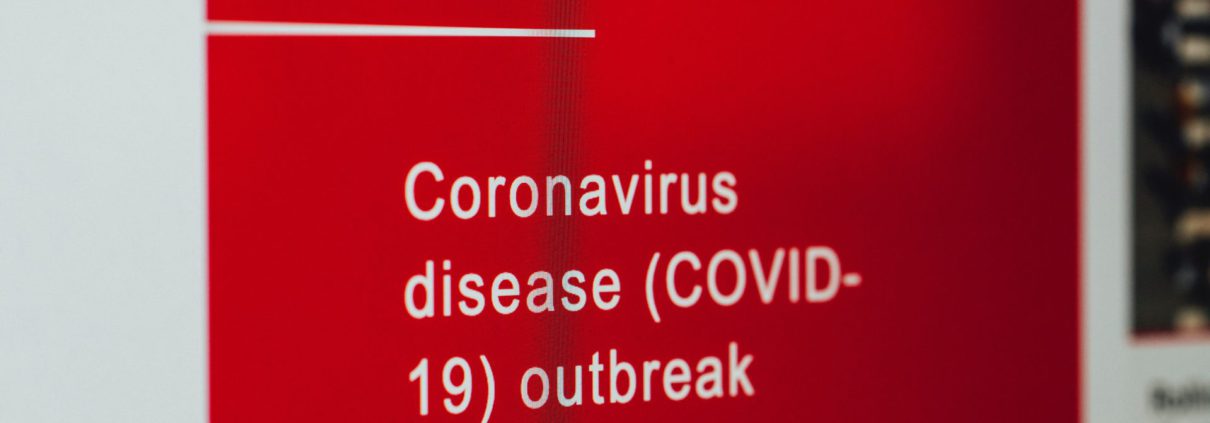2022 Fraud, Waste & Abuse and HIPAA Compliance Program Updates
PAAS National® continuously monitors legislative and regulatory changes that may impact your Fraud, Waste & Abuse and HIPAA Compliance Program. We keep a close eye on enforcement from the Department of Justice and Office for Civil Rights to help ensure the program meets interpretative standards. Furthermore, PAAS works to keep pace with Pharmacy Benefit Managers as they continue to add credentialing requirements that can be extremely difficult and a significant nuisance to independent pharmacies.
The PAAS National® FWA/HIPAA Compliance Program has implemented changes to ensure pharmacies continue to have a robust program in place. PAAS FWA/HIPAA compliance members can login to the member portal to view the 2022 FWAC and HIPAA Updates.
Administrators should review all Compliance tasks (located in the left-hand navigation on the PAAS Member Portal) at least annually to keep the program up-to-date and in compliance. Section 2.6 Updates of Policies and Procedures of your manual contains information on maintaining open lines of communication and the distribution of changes.
Contact us TODAY at (608) 873-1342 or info@paasnational.com and add FWA/HIPAA for a discounted rate.
“We have been with PAAS for many years and added the FWAC/HIPAA material to our membership and as a compliance officer, I’ve never been more pleased with the program. If you have already made the best choice to have PAAS in your corner, then continue with the best for your FWAC/HIPAA needs.” – Member since 2010 from North Carolina
“PAAS National® Fraud, Waste, Abuse and Compliance educational sessions are unsurpassed. The PAAS National® Policy and Procedure manual that you create for your pharmacy is a must for all pharmacies to have for their staff. All of this keeps your pharmacy up to date with current pharmacy procedures and operations and ensure proper pharmacy practices going forward.” – Member since 2021 from New York
“A pharmacy without the compliance program does not have their bases covered and required work finished. I can sleep at night knowing this program keeps me protected and on task.” – Member since 2009 from Iowa












